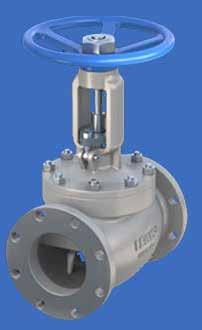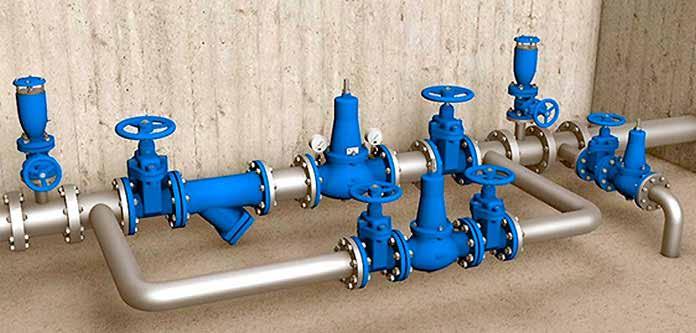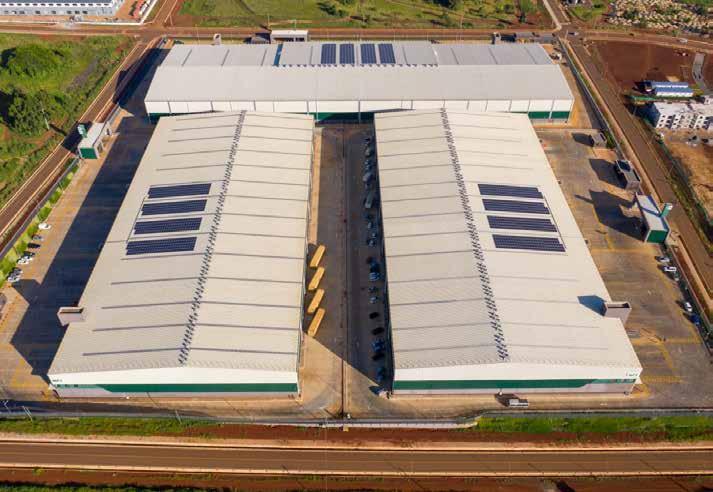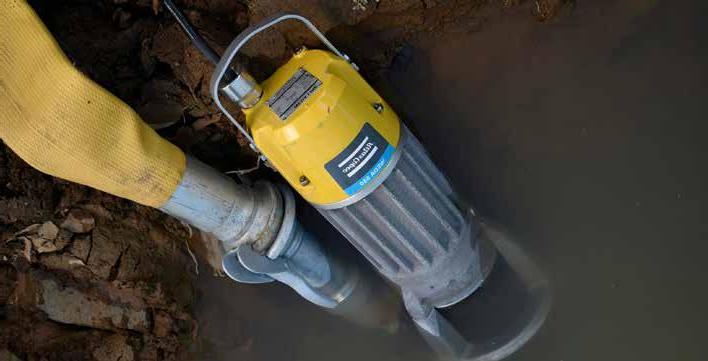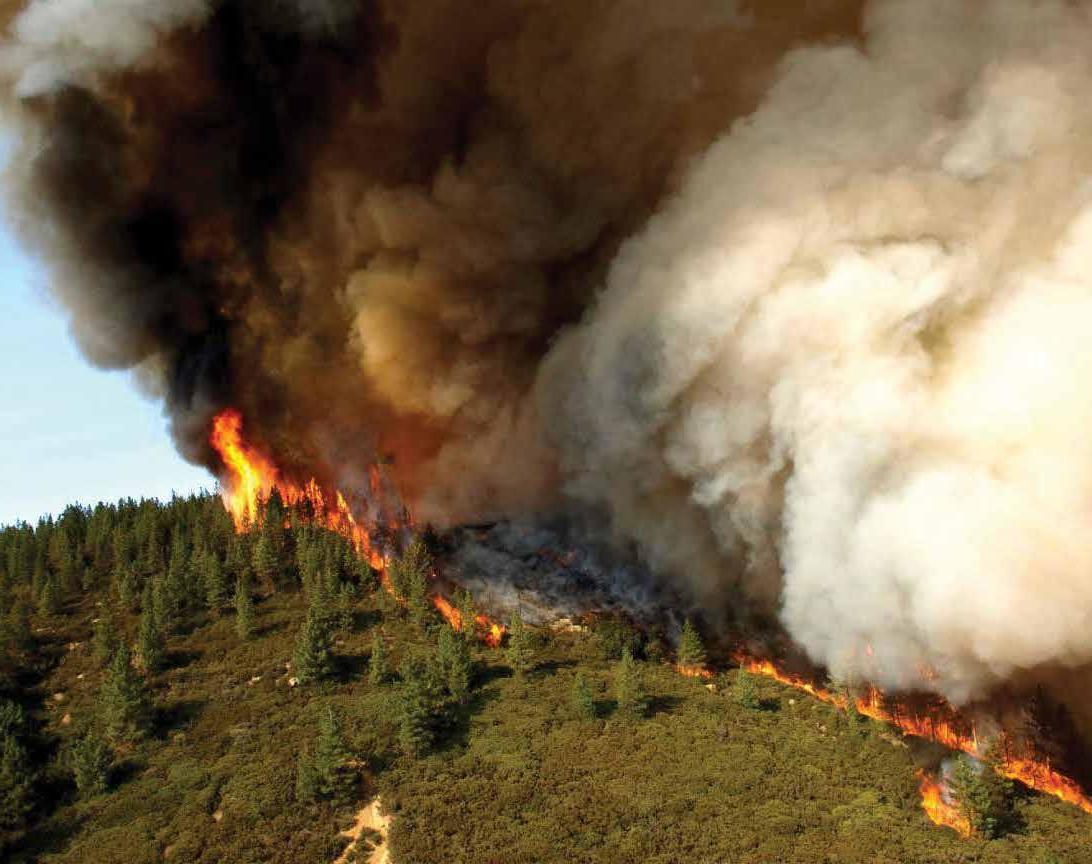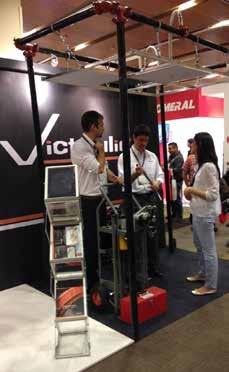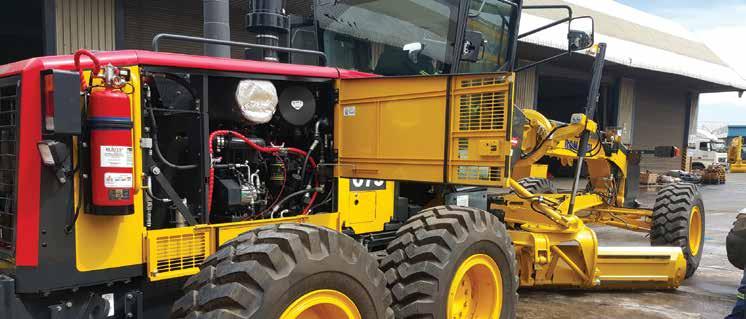
2 minute read
How fire pumps work in firefighting systems
Afire pump is the component responsible for supplying the adequate water pressure to fire sprinklers and hose standpipes in order to control or contain a fire. Fire pumps play a vital role as the first response to a fire situation, saving countless lives and property from destruction. They are usually found in manufacturing and industrial facilities, housing complexes, power plants, schools, hospitals, airports, commercial buildings and offshore oil platforms.
Advertisement
A firefighting system is, therefore, the most important of the various industries services, as its aim is to protect human life and property, strictly in that order.
But what does a firefighting system
consists? There are 3 parts to it: a large store of water in tanks, either underground or on top of the building, called fire storage tanks, a specialized pumping system and a large network of pipes ending in either hydrants or sprinklers (nearly all buildings require both of these systems).
Fire pumps
Fire pumps are usually housed in a pump room very close to the fire tanks. The key thing is that the pumps should be located at a level just below the bottom of the fire tank, so that all the water in the tanks can flow into the pumps by gravity.
Like all important systems, there must be backup pumps in case the main pump fails. There is a main pump that is electric, a backup pump that is electric, and a second backup pump that is diesel-powered, in case the electricity fails, which is common. Each of these pumps is capable of pumping the required amount of water individually – they are identical in capacity.
There is also a fourth type of pump called a jockey pump. This is a small pump attached to the system that continually switches on to maintain the correct pressure in the distribution systems, which is normally 7 Kg/cm2 or 100 psi. If there is a small leakage somewhere in the system, the jockey pump will switch on to compensate for it. Each jockey pump will also have a backup.
The pumps are controlled by pressure sensors. When a fire fighter opens a hydrant, or when a sprinkler comes on, water gushes out of the system and the pressure drops. The pressure sensors will detect this drop

